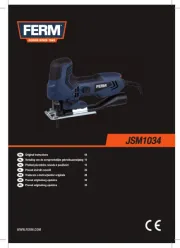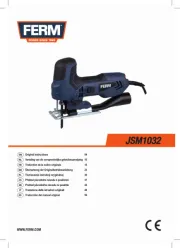Festool PS 400 EBQ CARVEX Manual
Læs gratis den danske manual til Festool PS 400 EBQ CARVEX (110 sider) i kategorien Stiksave. Denne vejledning er vurderet som hjælpsom af 39 personer og har en gennemsnitlig bedømmelse på 4.5 stjerner ud af 20 anmeldelser.
Har du et spørgsmål om Festool PS 400 EBQ CARVEX, eller vil du spørge andre brugere om produktet?

Produkt Specifikationer
| Mærke: | Festool |
| Kategori: | Stiksave |
| Model: | PS 400 EBQ CARVEX |
Har du brug for hjælp?
Hvis du har brug for hjælp til Festool PS 400 EBQ CARVEX stil et spørgsmål nedenfor, og andre brugere vil svare dig
Stiksave Festool Manualer



Stiksave Manualer
- Black And Decker
- Skil
- Hilti
- Makita
- Metabo
- Mitsutomo
- Hitachi
- Elu
- Parkside
- Trotec
- Panasonic
- Bosch
- Worx
- Flex
- Maktec
Nyeste Stiksave Manualer









